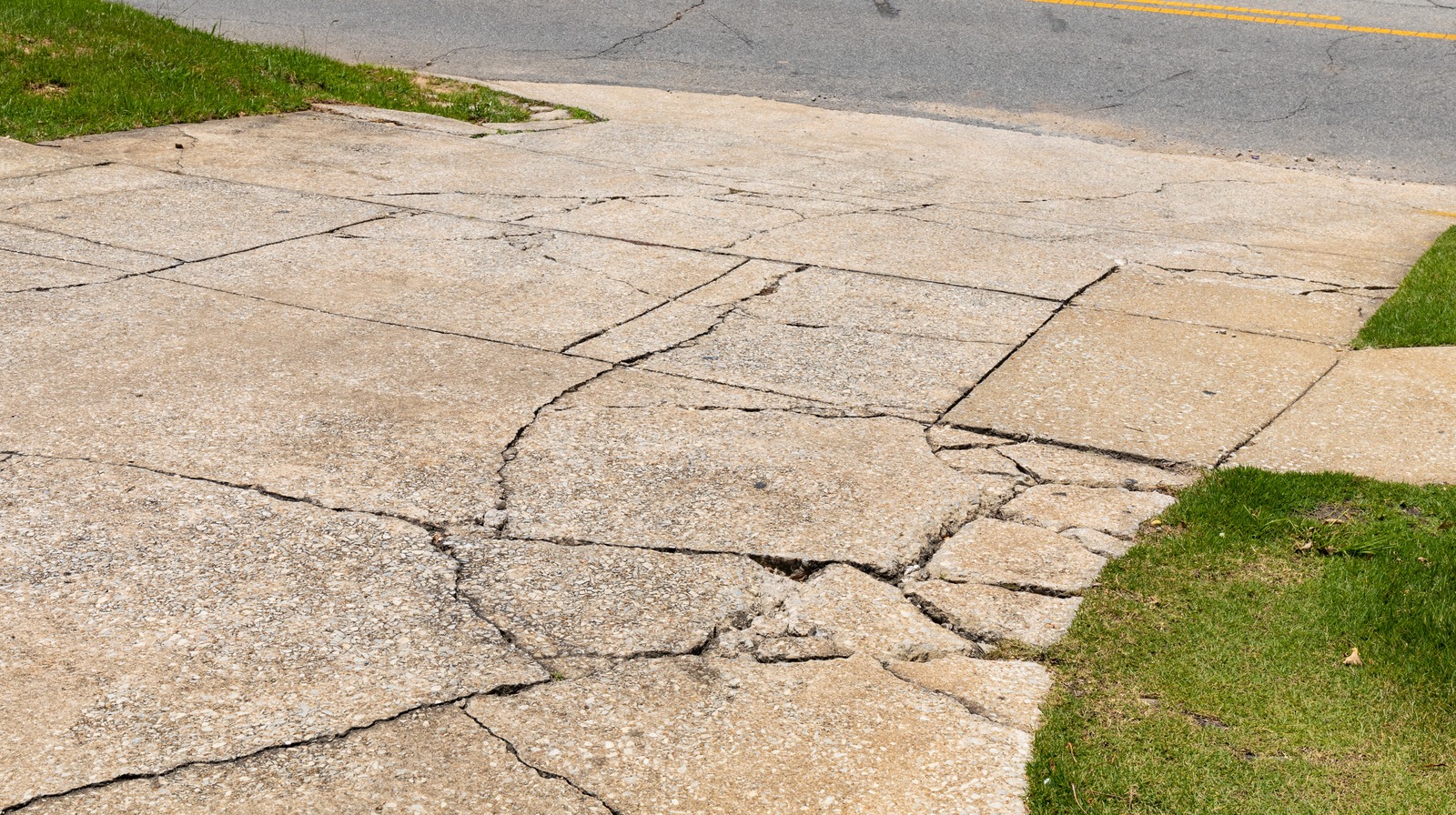Your Trusted Partner: Premier Concrete Contractor Supplies Top Quality Solutions
Your Trusted Partner: Premier Concrete Contractor Supplies Top Quality Solutions
Blog Article
The Environment-friendly Choice: Concrete Sidewalks for Your Neighborhood
Concrete walkways are an ubiquitous attribute in the majority of areas, yet their influence on the setting is usually ignored. Picking concrete for your area pathways can make a considerable distinction in terms of sustainability and eco-friendliness. The benefits of deciding for concrete go past mere aesthetic appeals and performance. By considering the environmental advantages and lasting effects on the community, the option of materials for walkways comes to be a crucial decision. Let's explore why concrete sidewalks could be the environmentally friendly choice your community requires.
Advantages of Concrete Sidewalks
When thinking about the installation of pathways in a neighborhood, the advantages of selecting concrete over various other materials are considerable and many. Concrete sidewalks supply longevity, standing up to heavy foot website traffic, weather variations, and ecological elements much better than different materials like asphalt or gravel.

Resilience and Longevity
How can concrete walkways exceed various other products in terms of longevity and long life? Concrete pathways are renowned for their phenomenal durability and long life compared to alternative products like asphalt or pavers. The inherent strength of concrete makes it extremely resistant to cracking, shifting, and basic deterioration brought on by foot web traffic, climate changes, and various other ecological elements. Unlike asphalt, which can soften in heats and split in cold conditions, concrete preserves its architectural honesty, calling for minimal upkeep gradually.
In addition, concrete's longevity minimizes the need for frequent fixings or replacements, making it a sustainable and affordable selection for neighborhood sidewalks. By spending in concrete pathways, neighborhoods can delight in a trusted and lasting facilities that improves the overall aesthetic appeal and performance of the location.
Low Upkeep Requirements
Concrete walkways stand out for their very little upkeep needs due to their sturdy nature and long-lasting performance. Unlike alternative products that may need regular fixings or substitutes, concrete pathways offer an economical solution that requires little maintenance over time.
Regular upkeep for concrete walkways generally entails simple jobs such as routine cleaning to remove particles and occasional securing image source to protect the surface. In contrast to products like asphalt or pavers that may change, fracture, or degrade more conveniently, concrete sidewalks preserve their architectural stability with marginal treatment. Additionally, any kind of fixings that may be required are usually local and can be resolved swiftly, lowering both the moment and expense associated with upkeep.

Environmental Benefits
With a concentrate on sustainability and eco-friendliness, concrete sidewalks use notable ecological benefits that add to a greener neighborhood infrastructure. Concrete is a material known for its longevity and longevity, decreasing the need for frequent replacements. This durability decreases the ecological influence associated with the production and transport of brand-new products for pathway construction. Additionally, concrete sidewalks have a high solar reflectance index, implying they show a substantial quantity of sunlight rather than retaining and soaking up heat. This quality assists mitigate the urban warmth island impact, decreasing energy consumption for cooling structures and improving general convenience in urban areas.
Moreover, concrete is a permeable material that enables water to penetrate right into the ground, lowering stormwater drainage and helping in groundwater recharge. This helps prevent disintegration, lessen flooding, and maintain the natural balance of water supply in your area. By choosing concrete walkways, areas can make a sustainable option that favorably influences the environment and boosts the lifestyle for homeowners.
Enhancing Area Sustainability
By prioritizing sustainable facilities services, neighborhoods can cultivate a why not try this out harmonious balance in between environmental consciousness and community advancement. Enhancing neighborhood sustainability entails a complex strategy that exceeds simply the environmental benefits of concrete sidewalks. Applying environment-friendly rooms, advertising energy-efficient methods, and cultivating a feeling of community interaction are essential parts of producing a sustainable community.
One means to improve area sustainability is with the assimilation of absorptive concrete sidewalks. These sidewalks allow rain to seep into the ground, reducing stormwater overflow and lessening the stress on community drain systems. Concrete Contractor. By integrating permeable pathways, areas can improve water high quality, minimize flooding threats, and enhance total environmental resilience
Furthermore, advertising different transportation techniques such as strolling and biking can significantly reduce carbon emissions and advertise a healthier lifestyle among citizens. Creating secure pedestrian paths, bike lanes, and designated like it greenways can motivate locals to depend less on cars, further adding to the community's sustainability goals.
Conclusion
In verdict, concrete sidewalks supply many benefits for communities, including durability, low maintenance requirements, and environmental benefits. By choosing concrete pathways, areas can boost their sustainability and add to a much more eco-friendly environment. It is clear that concrete sidewalks are the suitable selection for areas seeking to enhance their infrastructure in a durable and ecologically friendly way.
When taking into consideration the setup of pathways in a community, the benefits of selecting concrete over various other products are significant and various. In addition, concrete's sturdiness decreases the need for regular repairs or substitutes, making it a sustainable and affordable selection for neighborhood walkways (Legendary Concrete Brentwood).With an emphasis on sustainability and eco-friendliness, concrete walkways provide significant environmental benefits that add to a greener community facilities. Enhancing community sustainability involves a multifaceted method that goes past simply the environmental advantages of concrete walkways.In conclusion, concrete pathways provide various benefits for areas, including toughness, reduced upkeep requirements, and ecological advantages
Report this page